Smelly Car? Use These Household Items To Get Rid Of Cigarette Odour
The smell of cigarettes is normal to smokers but can make for an undesirable ride if your passengers don’t smoke.
The smell of cigarettes is normal to smokers but can make for an undesirable ride if your passengers don’t smoke.
By H&H Admin
What you use to wash your car matters and; contrary to popular belief, items such as dishwashing liquid and laundry detergent aren’t best for the paint on your car.
Washing your car regularly is a simple way to maintain its value. Richard Green, National Director of SAMBRA, shares some do’s and don’ts which may help you to keep your car sparkling clean .
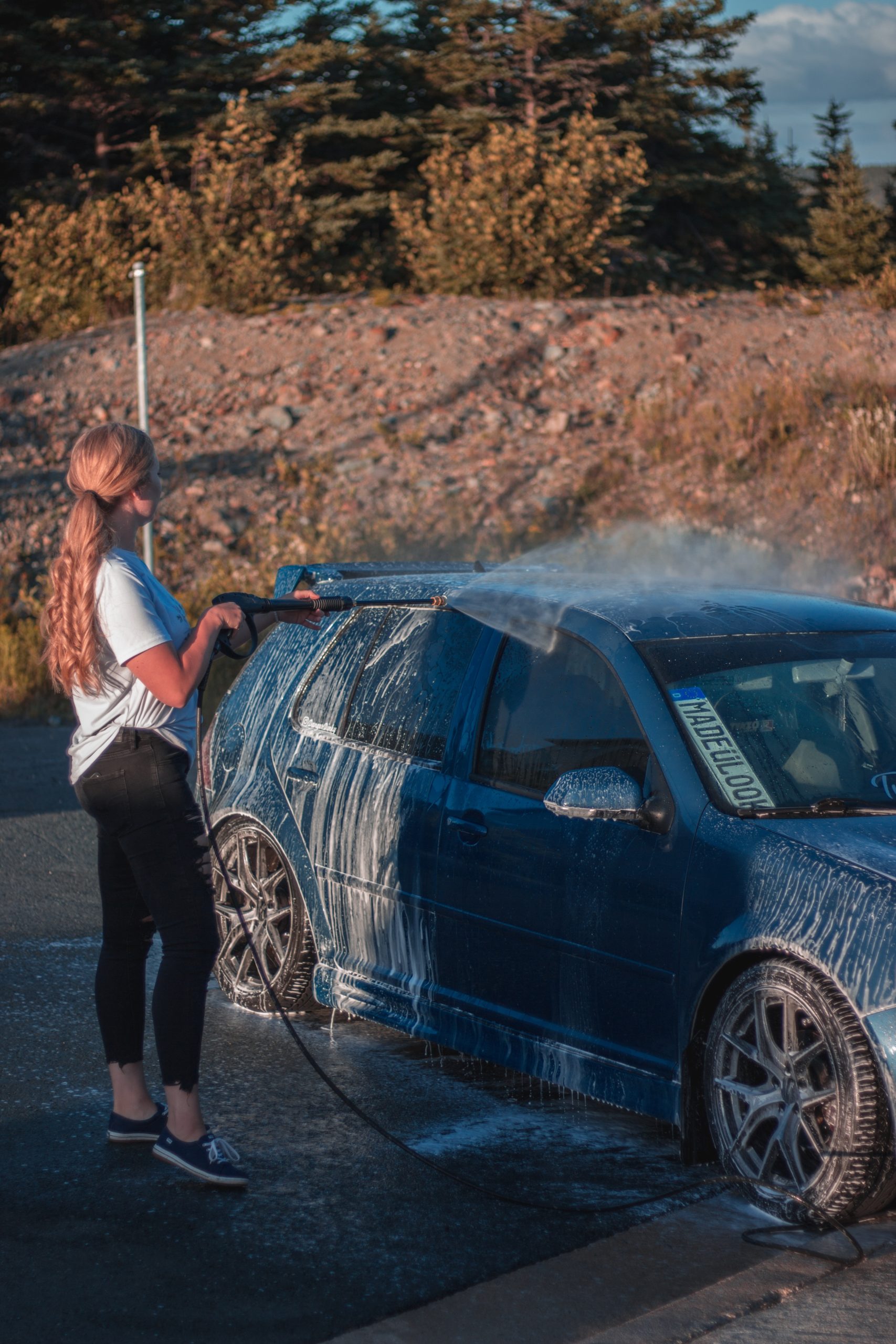
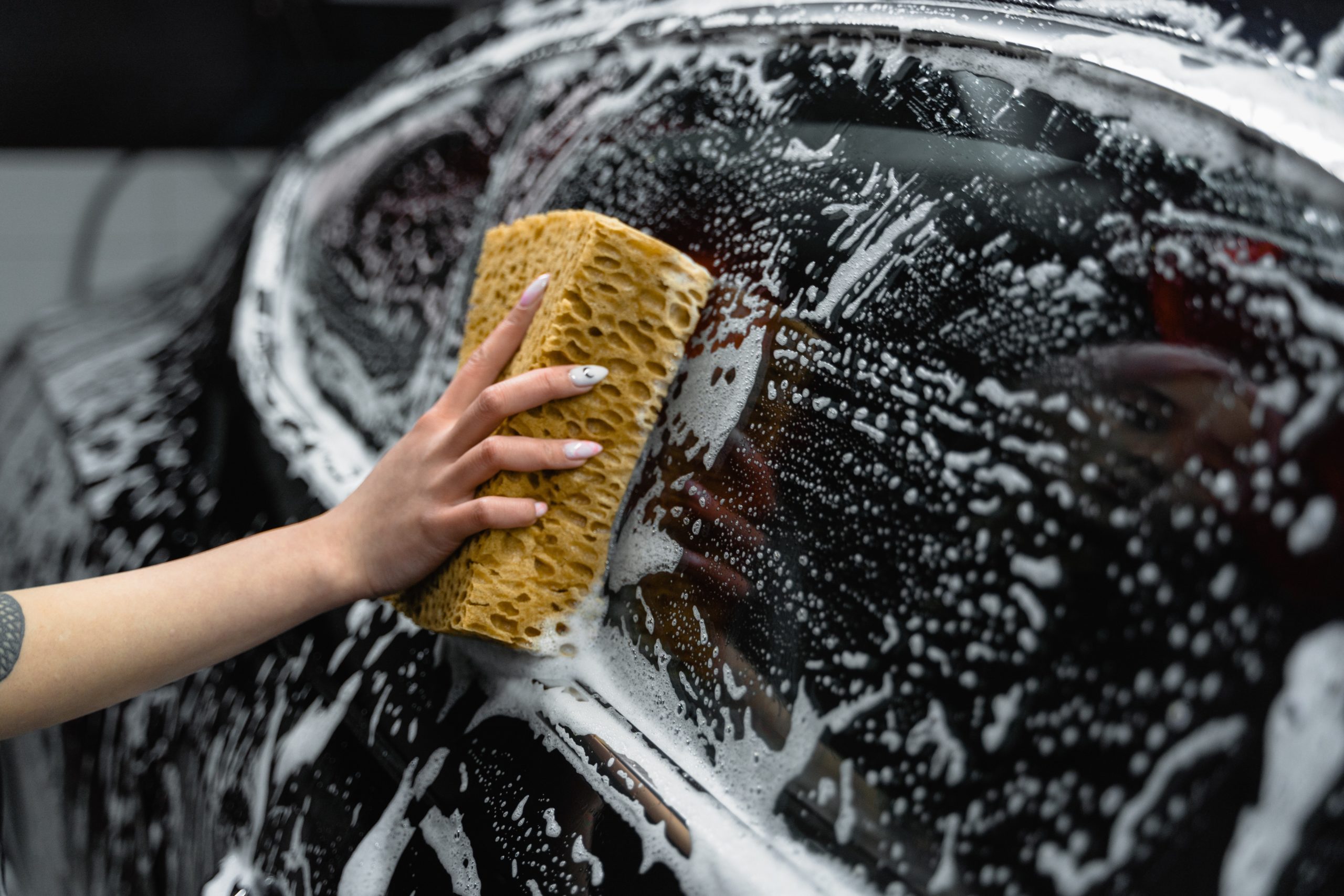
Source: Retail Motor Industry Organisation (RMI)
Many drivers have over time, developed poor posture and thus suffer from back pain regardless of the structure of the seat.
Most modern cars have well-designed seats with lumbar support, ensuring that there is sufficient lower back support for drivers. However, years of sitting incorrectly can lead to poor posture at the wheel, causing neck, shoulder and lower back pain over time. Keep in mind that a strained or weakened spine can lead to other health challenges so it is important to develop good posture at the wheel.
Here are some simple ways you can take care of your back when sitting at the wheel:
Whenever you are in traffic, take the opportunity to do some gentle exercises to keep your neck and shoulder muscles from getting stiff.
Remember to only do this exercise when standing still in traffic. Keep your attention on the road and on your surroundings as smash and grab incidents can occur seemingly out-of-the-blue. This exercise can also be done at your desk as well as when standing in a queue at say, the Post Office!
It’s important not to be deceived into thinking that it’s safer to drive at night because there’s less traffic. As mentioned above, driving responsibly and looking after your eyes are key. So many drivers suffer from nyctalopia – night blindness – that it’s important to stay on the safe side.
Here are a couple of final things to keep in mind, just to round it off.
The purpose of an orange light is to warn motorists that the traffic light is about to turn red. When seeing an orange light motorists should slow down and prepare to come to a full stop. An orange light is NOT an invitation for motorists to accelerate in an attempt to ‘beat the light’. Obeying an orange light could be the difference between life and serious injury.
Many accidents are caused by drivers who are in an inexplicable hurry. While time is vital and we all want to get to our destinations as soon as possible, rushing recklessly from point A to point B is counter-productive.
Think about it, if you are involved in an accident you certainly won’t be arriving at your destination at all, so leaving home/work early, giving yourself adequate time to reach your end-point and exercising patience as you drive is critical and could save your life and those of motorists around you.
Our skin takes quite a beating during the dry winter season but there are some simple steps we should follow to ensure it remains radiant all year round, according to our beauty contributor Rynah Qhaba.
In a world of tight schedules, harmful pollutants, chemically-laden products, and extreme levels of anxiety, it’s impossible to believe that our skin won’t feel and show the impact of it all!
Thankfully, winter is the perfect season to actively protect your face. With a dedicated sense of commitment, you can maintain your skin’s natural beauty regardless of if you are at home or on the road.
In this first instalment of our 2 part journey of effortless winter skincare, we share ways for you to reduce stress, preserve your radiant skin, and decrease the signs of aging. Simply follow these fundamental principles of a skincare regimen and you’ll be well on your way to glamorously glowing skin all through the upcoming winter season.
This is the initial step in caring for your skin and should not be skipped because the more time we spend in traffic – basking in the warmth of the air-con – the more perspiration, grease, dust, stale make-up, dirt, and bacteria accumulate on your skin.
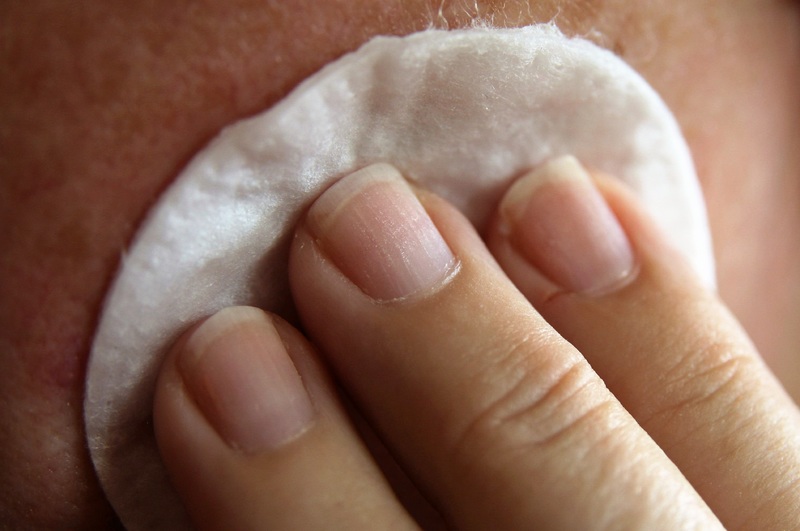
Cleansers provide excellent results for your skin (due to the pH levels of each, among other key ingredients) as they disinfect the skin, open the pores, and allows the skin to best absorb the products you will apply thereafter. For make-up lovers, a make-up remover is highly recommended (leave us a comment on our social media pages if you’d like some organic recommendations).
The best, and simplest way to cleanse, is to start by splashing lukewarm water over your face. Then, using a wad of cotton wool, apply the cleanser to your face, and décolletage area, in a circular, upward motion for at least five minutes Remove the cleanser by using a damp washcloth and warm water to ensure there is no product left on your skin.
Toning is crucial as it eliminates any residue on your skin after the cleansing process is completed.
– Rynah Qhaba, Founder Sunflower Costmetics
NB: Remember that different types of skin types (oily, dry, sensitive, and prone to acne) require different types of cleansers. We highly recommend using the cleanser best suited for your skin – consult a professional if you are unsure.
(Remember to read the instructions provided with the cleanser you are using).
By following these simple skin care tips your skin will remain healthy and radiant all through winter
– RYNAH QHABA, FOUNDER SUNFLOWER COSTMETICS

After cleansing comes the toning stage. Toning is crucial as it eliminates any residue on your skin after the cleansing process is completed. Toners close the skin’s pores and help preserve the skin’s natural pH balance. If you are as unashamedly obsessed with premium make-up like we are, and plan on applying make-up soon afterward, you’ll find that toning gives your skin a lustrous texture and helps hold foundation and powder much longer.
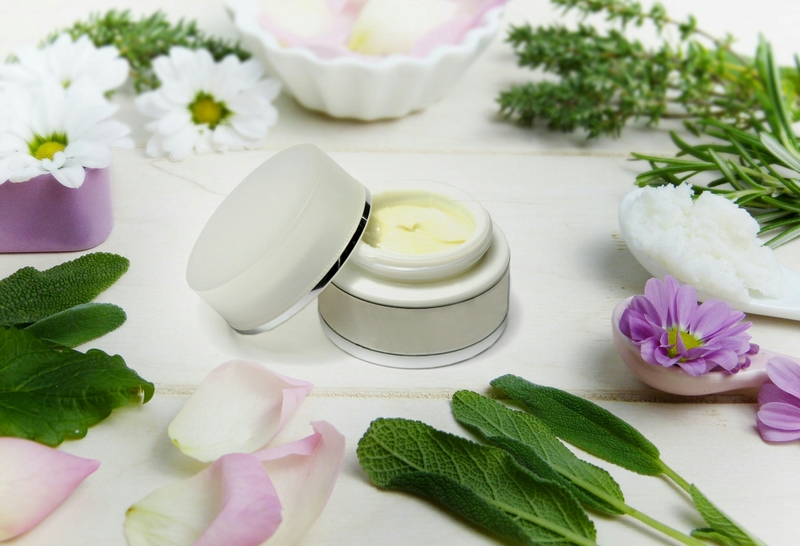
Ever wonder how Beyonce has the skin she has? moisture, moisture, moisture, Moisturizers strive to replenish nourishment to the skin, reviving its natural healthiness.
Nourishing your skin is an integral part of any beauty routine. Dirt, dust, hot and cold weather, cosmetics, and even sunlight, all tend to dry out the skin, extracting moisture and oil from it. Consequently, making sure to cleanse your face each night before bed is essential to youthful-looking skin.
Again, certain moisturizers work best for different skin types. If your skin is more on the oily side, avoid moisturizers that contain oils and opt for one that contains vegetable glycerine instead. If you have drier skin, applying a moisturizer right after washing your face is advised to prevent drying and to get moisture locked in right away. If you have neutral skin, you can usually get away with using a product that contains oil or glycerine. Just make sure to look for a product for neutral skin types.
By following these simple skin care tips your skin will remain healthy and radiant all through winter and will more than survive the harsh effects of the dry, hot effects of the car’s air-con.

About Rynah Qhaba
Rynah Qhaba, born in Qwa Qwa, Rynah is a businesswoman and founder of Sunflower Cosmetics, an emerging organics brand.
She has been inexplicably obsessed with the colour yellow since her first Christmas, which pretty much sums up the name and corporate identity of her brand. And if branding her business yellow wasn’t enough, you should see the colour of her car!
Unsurprisingly, Rynah is all about a gluten-free lifestyle but has also known to devour anything covered with a healthy quality cheese.
When she’s not at work at a salon in Northern Johannesburg experimenting with make-up looks and natural products, Rynah can be found operating either the projector or sound desk at her church.
Emphatically passionate about giving back, Rynah is a Director of an NGO called A Million Reasons To Do and is part the Monontsha Community Group where her focus is aimed at contributing to the eradication of unemployment in Qwa Qwa.
YOKOHAMA, Japan – Nissan announced on April 13 that it will allow the free use of Nissan technology for a body temperature and health management system created by Computer Engineering & Consulting Ltd (CEC). The free use is based on the IP Open Access Declaration Against COVID-19, which Nissan joined in May last year.
To help control the spread of COVID-19, Nissan is making as much use as possible of remote working in its back-office operations, while implementing thorough on-site safety measures in production and logistics. For employees who need to work onsite at Nissan facilities, safety and health measures such as hand disinfection and body temperature checks are required for entry.
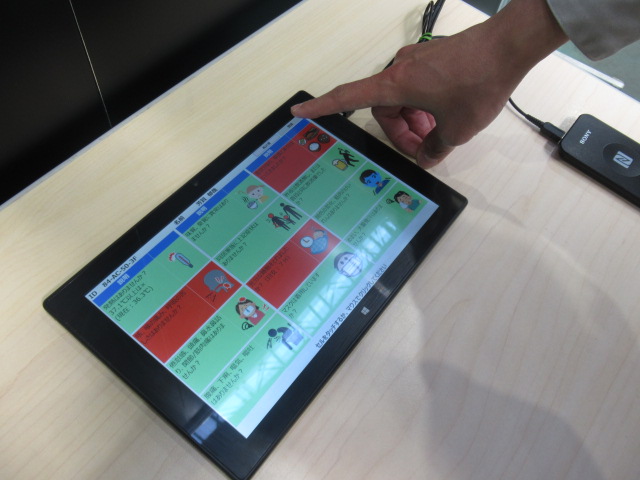
As an enhancement, Nissan developed a system capable of integrated management of body temperature and health status and implemented it at plants in Japan. The system uses either a contactless thermometer or a thermo-camera to take measurements of employees’ body temperatures as they enter a facility. The employees then enter basic information into a tablet device, which is then registered in the system automatically after authentication by ID card. This reduces both the amount of information employees need to enter and data entry errors. It also enables supervisors to manage accurate information on the body temperature and health status of employees, allowing the bolstering of measures to manage their health and prevent the spread of infection at the workplace.
Nissan has licensed this technology to CEC for the company to use as part of an ICT solution aimed at its manufacturing operations.
Reference: IP Open Access Declaration Against COVID-19
IP rights holders declare that they will not assert any patent, utility model, design or copyright claims against activities whose sole purpose is to diagnose, prevent and contain COVID-19 infections, and will not seek any consideration or compensation until the date on which the World Health Organization (WHO) declares the COVID-19 outbreak to be over.
A woman has the ability to note that the left toe-nail of another woman 10m away is in need of a trim and colour fill but has difficulty seeing the SUV she reversed into in the parking lot. You laugh but you know it’s true and although my comparison is wildly exaggerated its aim is to demonstrate the importance of good vision.
Let’ s face it. If you can’t see properly, you can’t drive safely, it’s simple
– Thembela Moyo
90% of the information motorists need is received through the eyes, therefore it stands to reason that good vision is a prerequisite for safe driving. There are different types of visual functionality necessary for driving, and should any of these be impaired your level of safety on the road becomes automatically compromised. These are:
COLOUR VISION helps you identify things like traffic signals, different coloured road signs, indicator and brake lights.
DEPTH PERCEPTION is the ability to see things in three dimensions (length, width and depth) and to judge the distance of various objects in relation to where you are.
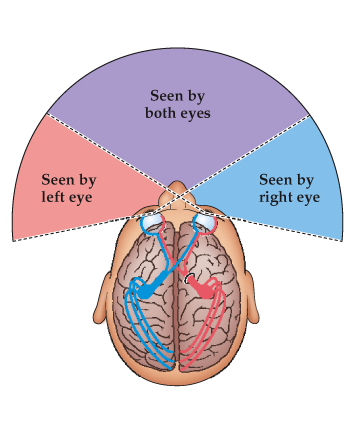
VISUAL ACUITY gauges how clearly you can see and visual field is how wide of an area your eye can see when you focus on a central point.
VISUAL FIELD is how wide an area your eye can see when you focus on a central point.
PERIPHERAL VISION enables you to see things to your left or right such as the sides of your car, animals, cyclists and pedestrians without the need to glance away from the road.
NEAR VISION is the ability to quickly and effectively adjust your focus from something far away such as the bend in road ahead, to something near such as the information on your dashboard.
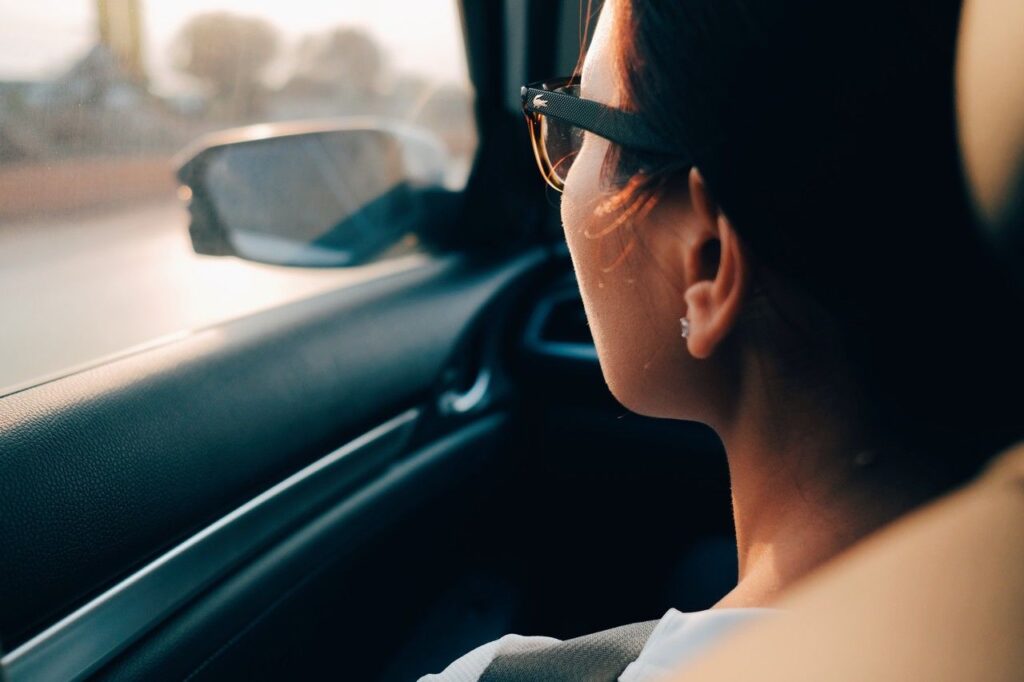
It is incredible that the above (and more) work together almost instantaneously and to a large extent are the determining factors used in making critical driving decisions. Asides driving distracted or under the influence of drugs or alcohol, other reasons which affect our ability to see properly include:
Nothing signals that we are aging quite like deteriorating eyesight which is one of the leading reasons most people avoid having their eyes tested. There is no shame in admitting that your vision isn’t quite what it used to be and thanks to modern technology, there are many corrective solutions for various eyesight deficiencies – which don’t involve thick unsightly glasses!

About the Author: Thembela Moyo
A woman has the ability to note that the left toe-nail of another woman 10m away is in need of a trim and colour fill but has difficulty seeing the SUV she reversed into in the parking lot. You laugh but you know it’s true.
90% of the information motorists need is received through the eyes, therefore it stands to reason that good vision is a prerequisite for safe driving.
Let’ s face it. If you can’t see properly, you can’t drive safely, it’s simple – Thembela Moyo
There are different types of visual functionality necessary for driving, and should any of these be impaired your level of safety on the road becomes automatically compromised. These are:
COLOUR VISION helps you identify things like traffic signals, different coloured road signs, indicator and brake lights.
DEPTH PERCEPTION is the ability to see things in three dimensions (length, width and depth) and to judge the distance of various objects in relation to where you are.
VISUAL ACUITY gauges how clearly you can see and visual field is how wide of an area your eye can see when you focus on a central point.
VISUAL FIELD is how wide an area your eye can see when you focus on a central point.
PERIPHERAL VISION enables you to see things to your left or right such as the sides of your car, animals, cyclists and pedestrians without the need to glance away from the road.
NEAR VISION is the ability to quickly and effectively adjust your focus from something far away such as the bend in road ahead, to something near such as the information on your dashboard.

It is incredible that the above (and more) work together almost instantaneously and to a large extent are the determining factors used in making critical driving decisions.
Asides driving distracted or under the influence of drugs or alcohol, other reasons which affect our ability to see properly include:

Nothing signals that we are aging quite like deteriorating eyesight which is one of the leading reasons most people avoid having their eyes tested. There is no shame in admitting that your vision isn’t quite what it used to be and thanks to modern technology, there are many corrective solutions for various eyesight deficiencies – which don’t involve thick unsightly glasses!
Please let me know how about your eyesight and driving experiences by leave a comment below and tagging @freshvisionopt on Instagram and hashtag #heelsandhorsepowermag

About the Author: Thembelo Moyo